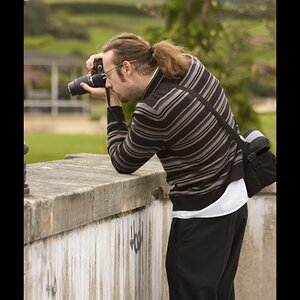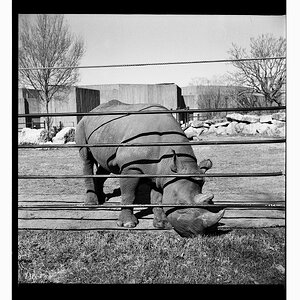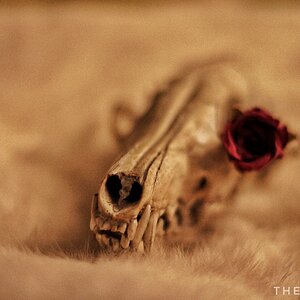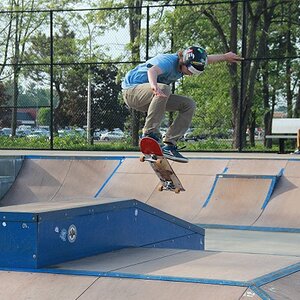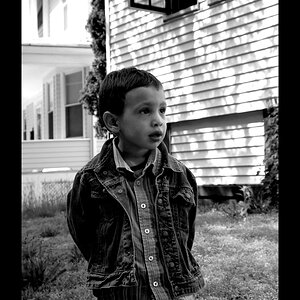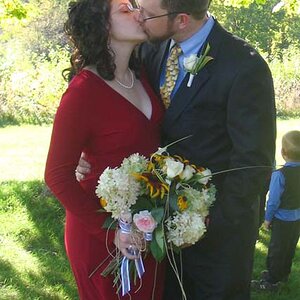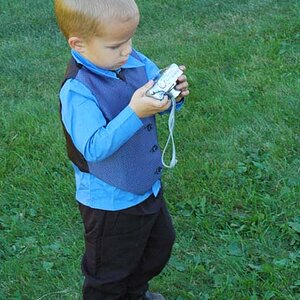Vautrin
No longer a newbie, moving up!
- Joined
- Jun 26, 2008
- Messages
- 927
- Reaction score
- 58
- Location
- It changes
- Website
- www.withoutamapphotography.com
- Can others edit my Photos
- Photos OK to edit
Hi,
So I went out and bought a bunch of ilford delta 3200
I'm fascinated with the idea of being able to shoot handheld, no flash, outside at night or inside.
What do I need to know for shooting films at high isos (pushprocesing to 6400 or greater)?
How do I meter for ISO > 6400? If my meter gives an exposure value of 10 for ISO 800, do I just add the number of stops away my iso is?
So if ISO 800 is a 10, is ISO 1600 an 11, ISO 3200 a 12, and ISO 6400 a 13?
Does this hold up to really high ISOs? (>50,000)
I did some googling and I saw some nifty pictures but most advice seems to be "bracket and use test exposures to figure out best results"
I'd rather know how to shoot correctly, anyone have any tips?
Thanks,
Dan
So I went out and bought a bunch of ilford delta 3200
I'm fascinated with the idea of being able to shoot handheld, no flash, outside at night or inside.
What do I need to know for shooting films at high isos (pushprocesing to 6400 or greater)?
How do I meter for ISO > 6400? If my meter gives an exposure value of 10 for ISO 800, do I just add the number of stops away my iso is?
So if ISO 800 is a 10, is ISO 1600 an 11, ISO 3200 a 12, and ISO 6400 a 13?
Does this hold up to really high ISOs? (>50,000)
I did some googling and I saw some nifty pictures but most advice seems to be "bracket and use test exposures to figure out best results"
I'd rather know how to shoot correctly, anyone have any tips?
Thanks,
Dan


![[No title]](/data/xfmg/thumbnail/42/42230-fa8ace50a80342c7d91db1431f911bab.jpg?1619740048)
